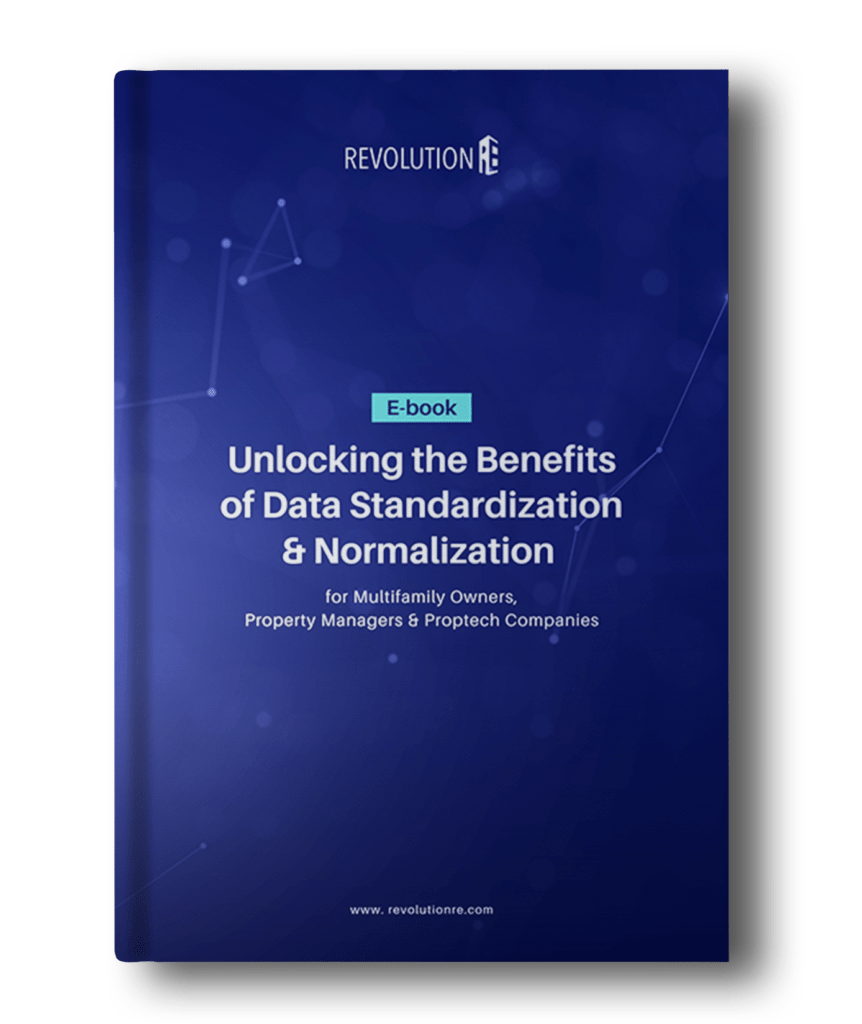Residents are the lifeblood of any multifamily community. Without them, a community would be nothing more than an empty shell. That’s why it’s so important to consider how to maximize resident retention, and why it’s essential for owners and managers to understand the best data-driven strategies for doing so. The following article will outline several traditional methods and technological innovations that should be considered when looking at how to support resident retention.
To start, resident retention is defined broadly as the ability of a community to keep existing residents from moving out. More specifically, it is the percentage of expiring leases that are renewed, meaning that the resident has been “retained” and is not moving out of the property. To illustrate, if ten (10) leases are reaching their contractual end date – i.e., “expiring” – in a particular month, and five (5) of the leases renew, the property is deemed to have a 50% resident retention ratio for that month.
Traditional methods of retaining residents have long proven to be effective when executed well. To start, creating a welcome and enjoyable community environment lends to residents wanting to stay longer at a rental property. Multifamily operators can support a positive resident experience by offering amenities like well-maintained outdoor spaces, family-friendly events, or free parking. Location is also a huge factor for retaining residents. Properties that are located in walkable neighborhoods, near shopping, schools and public transit, and/or have low crime rates. Offering incentives and rewards such as discounts or gift cards to show residents that their presence is valued can also encourage them to stay. And finally, improving communications with staff and residents by sending regular newsletters, emails, and conducting face-to-face meetings can help build relationships with trust and a sense of community.
Today, technology innovations can also be leveraged to maximize resident retention. Online platforms can streamline processes and make renewals easier and require less effort. Automation can send out reminders and notifications when leases are up or provide incentives and rewards. Social media can present events and messages that develop a sense of community and keep residents well-informed of occurrences and updates at the property.
Maximizing resident retention often benefits owners and managers by reducing vacancies and turnover costs. It also benefits residents by creating a sense of community, increasing satisfaction, and fostering a positive living experience.
While retaining residents at some level is crucial for the success of a multifamily community, there are instances where a manager may not want a particular resident to renew their lease, such as: lack of supply with increasing rates in the market, a renovation plan the owner and management want to implement, or addressing a challenging resident who is disrupting the community.
When market rates rise, it may be challenging for the manager to offer the current resident a lease renewal at a price point that makes sense for the community. When supply is low and rents are increasing in the market, it may be more beneficial for the community to attract a new resident than to renew at a slightly higher renewal rate. Before making a decision, the team that makes pricing decisions should compare the overall cost of gaining a new resident at market rents versus the renewal of an existing resident. To turn a unit, there are costs of repairing damages and refreshing the unit, marketing the unit, and having no revenue for the period from move out to move in. In some instances, even with higher market rents it may be more cost-effective to keep a current resident and avoid the costs associated with vacancy, turnover, and marketing.
In some cases, the property may not want a resident to renew if there are needed renovations or upgrades that will cause disruptions to the resident’s living experience. It may be more beneficial for the community to let the resident move out and then renovate the unit to attract a new resident at a higher price point.
Finally, if a resident is causing significant problems within the community, such as consistently breaking the rules or disturbing other residents, the staff may not want to renew the resident’s lease. While addressing these issues proactively is important, there may be instances where it is in the best interest of the community as a whole to let the resident go at the end of their lease term.
Multifamily communities must focus on a plan to engage with residents to promote retention to succeed. By utilizing traditional and technology-driven strategies, owners and managers can create a positive resident experience, offer incentives and rewards, improve communication, and leverage online platforms and social media. Investing in these right strategies will not only benefit the community but also residents and staff.
We invite you to subscribe to our newsletter for updates and industry news.
